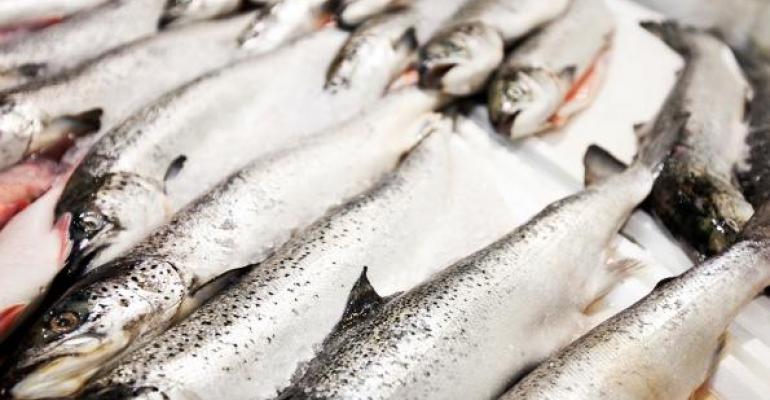In September 2016, Oceana, an environmental group, tested 25,000 samples of seafood caught around the globe, and said an average of one out of five samples was mislabeled. The organization reviewed more than 200 published studies from 55 countries, with all but one finding seafood fraud. Fraud was found in every sector of the supply chain.
The prevalence of mislabeled seafood has grown to such a level that it threatens to impact the integrity of the entire market for seafood. Victims of seafood fraud not only include consumers, but also food retailers that are trusting a supply chain that is fraught with misleading labeling practices.
 The practice of “bait and switch” must stop. Food retailers and consumers deserve to know more about their seafood, including what kind of fish it is, how and where it was caught or farmed, and most importantly, trust the information is accurate. Food retailers refusing to acknowledge the issue risk damage to their corporate reputation, integrity and balance sheet.
The practice of “bait and switch” must stop. Food retailers and consumers deserve to know more about their seafood, including what kind of fish it is, how and where it was caught or farmed, and most importantly, trust the information is accurate. Food retailers refusing to acknowledge the issue risk damage to their corporate reputation, integrity and balance sheet.
To avoid falling victim to a seafood swap, food retailers should take heed of three simple tips to ensure customers get the product they expect.
Know your seafood’s story
A lot can happen during the journey from a fisherman’s boat to the shelf to the dinner table. Many food retailers are investing in traceability strategies to gain better insight into a seafood product’s itinerary for three reasons:
- Quality: Knowing the seafood’s journey and how it has been caught or handled along the way will tell food retailers a lot about its quality.
- Trust: Traceable products track who handles and treats the product at each step of the supply chain. If the seafood is traceable, food retailers can feel confident that they are getting the seafood they paid for.
- Health: Traceability alleviates health concerns allowing food retailers to: recall bad product and hold suppliers and processors accountable; provide accurate freshness dates; and identify whether or not acceptable chemical additives were used to preserve the product.
Verify label information
There is no universal seafood labeling system for grocery stores so buying fish products often requires a little diligence to ensure it is what it is. However, the Food & Drug Administration launched an online learning module to help food retailers ensure the proper labeling of seafood products offered for sale in the U.S. marketplace. Proper identification of seafood is important throughout the seafood supply chain to ensure that appropriate food safety controls are implemented and that consumers are getting the type of seafood they expect and for which they are paying.
The module provides: an overview of the federal identity labeling requirements for seafood offered in interstate commerce; a list of the specific laws, regulations, guidance documents, and other materials pertinent to the proper labeling of seafood; a description of the FDA’s role in ensuring the proper labeling of seafood; and tips for identifying mislabeled seafood in the wholesale distribution chain or at the point of retail.
Use a third-party certification partner
Third-party experts can provide food retailers with a number of benefits. Among them is their impartiality to data allowing for trusted, ethical reporting. They can also offer counsel on the correct set-up of tracing product authenticity, further reducing any need for unnecessary expenditures due to fraud or labeling mistakes. Finally, they have access to state-of-the-art equipment and technology that can synthesize and analyze data to identify trends and opportunities for supply chain improvements, remedies and corrections.
Food retailers should keep these tips in mind as part of their overall strategy for buying and selling seafood. Consumer trust demands that the fish we buy and feed ourselves is properly labeled. Food retailers, ask the hard questions about where it’s from and employ a traced or certified seafood product system so that you can be sure what you ‘sea’ is what you get.





